
Get news, updates, & event Info delivered right to your inbox:
How You Can Help Save The Environment
With everything that’s happening in the world right now, you may be wondering how you can help our planet? The good news is that by making simple changes to our habits, anyone can live a more sustainable life and help the environment.
5 Ways To Help The Environment
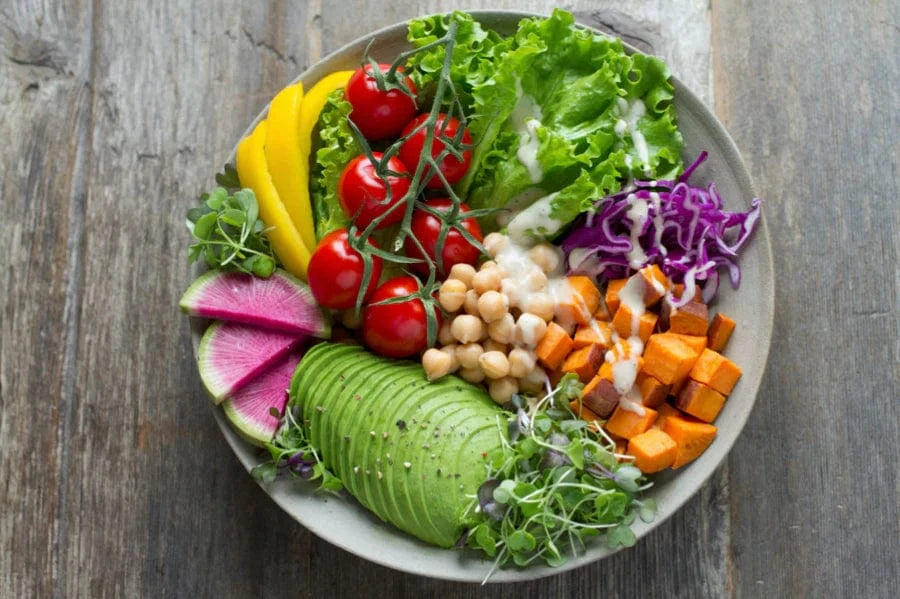
1. Eat Less Meat, More Plants
It's no secret that industrial agriculture and factory farmed meat can be bad for the environment. Try adopting a more sustainable diet: incorporate more plant proteins into your meals, get as much of your food as you can from local farmers, and eat more whole grains, vegetables, fruits, and nuts to reduce your impact. This can help reduce your environmental footprint — and it's also good for your health!
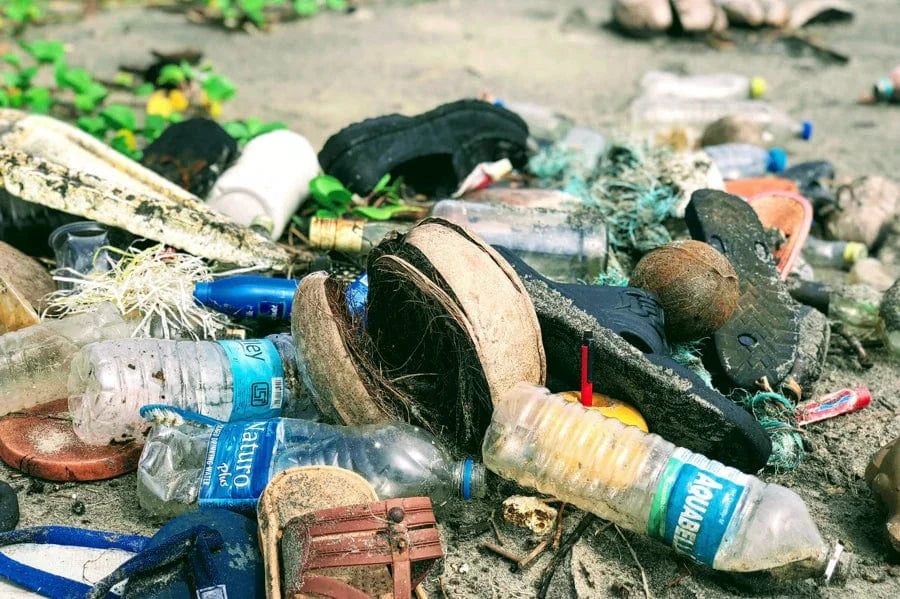
2. Buy Less Stuff
Our overconsumption of cheaply made, single-use goods is trashing the planet - literally. In 2018, the US EPA reported that the country produced 292.4 million tons of municipal solid waste — or, 4.9 pounds per person per day. Check out our zero-waste living guide, which is filled with suggestions like repairing what you have, purchasing long-lasting items, and thinking about the entire life cycle of each item you buy. After all, knowing that your plastic toothbrush will take around 500 years to break down should change your perspective. When you do need to make purchases, try to get the most eco-friendly version to reduce your impact.
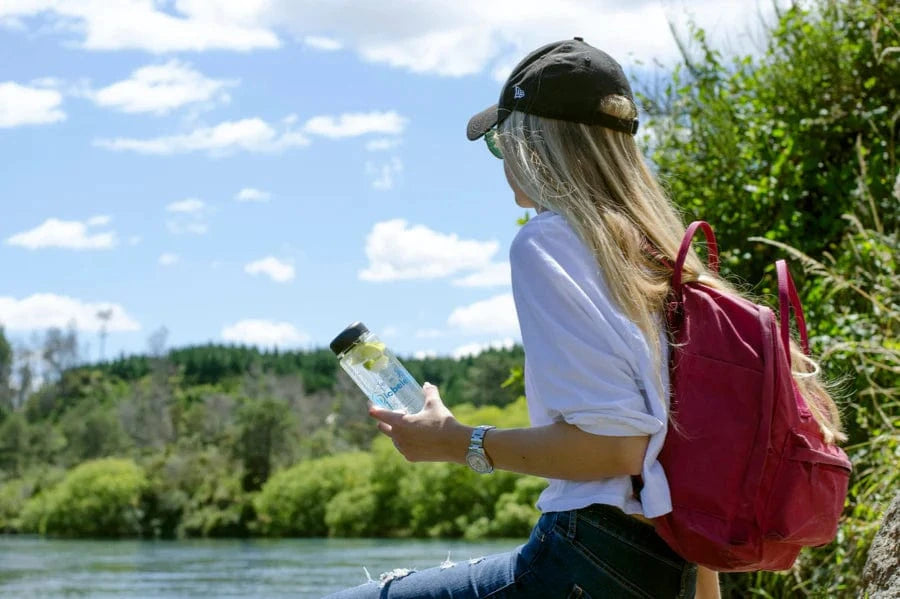
3. Reduce Water Waste
According to the US EPA, the average household's leaks can add up to nearly 10,000 gallons of water waste every year. If you aren’t sure how to fix dripping faucets, leaky valves, etc., there are many resources online to guide you — and help you determine when to call a plumber. While we’re on the subject, avoid buying bottled water. The micro plastics are bad for you — and around the world, people buy 1 million plastic drinking bottles every minute, which go right into our oceans to harm aquatic life. The best solution? Install a filter on your tap and invest in a great reusable water bottle.
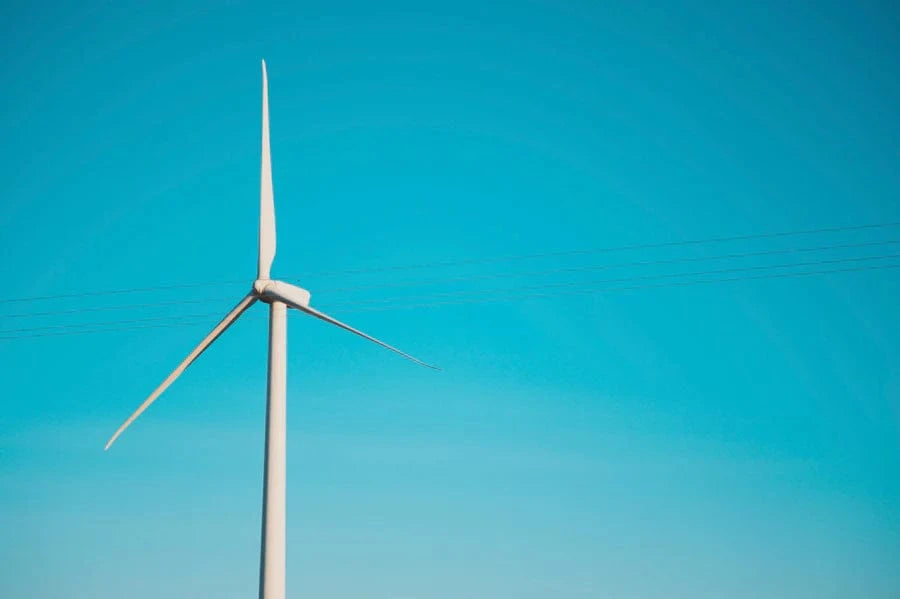
4. Support Renewable Energy
The International Energy Agency (IEA) forecasts that global demand for electricity will increase at the fastest pace in years (a 4% increase in 2024). Representing one of the highest growth rates since 2007, this can be attributed to robust economic growth, intense heatwaves, and growing adoption of technologies that run on electricity. The hopeful news here is that renewable sources of electricity are also forecasted to expand in the next two years, providing 35% of the global electricity supply in 2025 (up from 30% in 2023). These trends underscore the need to encourage the adoption of renewable energy technologies so that we can power our lives with significantly less fossil fuels.
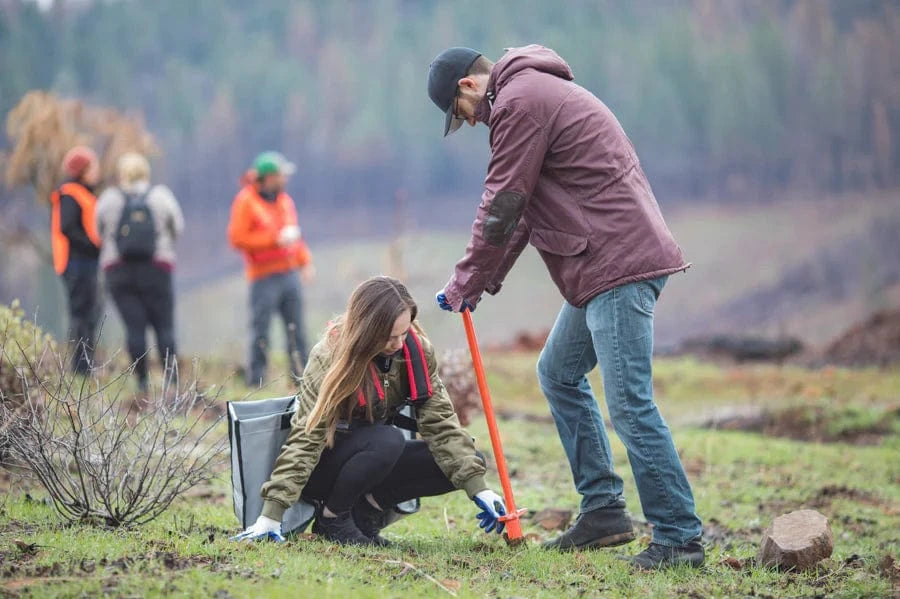
5. Plant Trees!
Reforestation has consistently ranked as a top climate change solution, and not just because trees are capable of absorbing carbon from the atmosphere (around 22 pounds a year for a mature tree!). Healthy forests give wildlife a home, provide food and sustainable income for communities, support the water cycle, improve soil fertility and stability, clean the air, provide medicines, and so much more. So plant trees today — it’s an awesome feeling!
There you have it! We hope that the next time some asks “can we save the planet?” you’ll answer with a resounding YES and refer them to this list.
Get news, updates, & event Info delivered right to your inbox:
Related Posts
Real vs. Fake Christmas Trees: Which is Better For the Environment?
20/11/2025 by Meaghan Weeden
8 Reasons to be Grateful for Trees This Thanksgiving
18/11/2025 by Meaghan Weeden
The Ultimate Guide to Sustainable Holiday Gifting
13/11/2025 by Meaghan Weeden
Popular On One Tree Planted
What Causes Deforestation?
10/07/2025 by Meaghan Weeden
8 Amazing Bamboo Facts
14/01/2025 by Meaghan Weeden
Inspirational Quotes About Trees
09/01/2025 by Meaghan Weeden
Fundraising Disclosures

Be Part of the
Restoration Movement
The Grove is more than just a monthly giving program: it's a vibrant community of individuals who are dedicated to reforestation and environmental restoration on a global scale.
As a member of The Grove, you affirm your commitment to restoring forests, nurturing biodiversity, and fostering positive global change.





